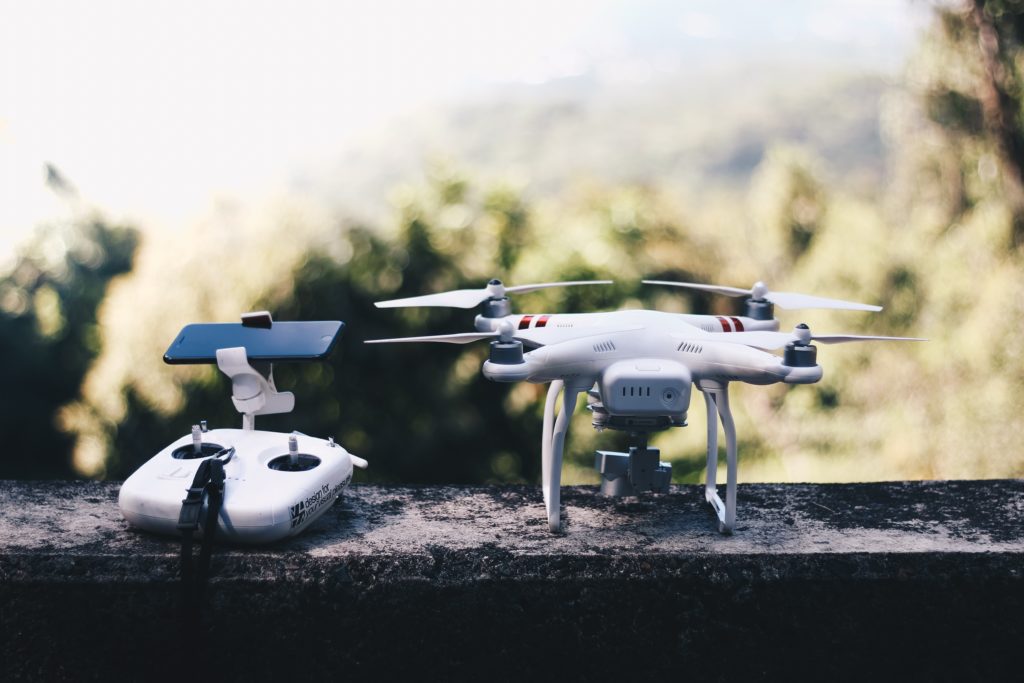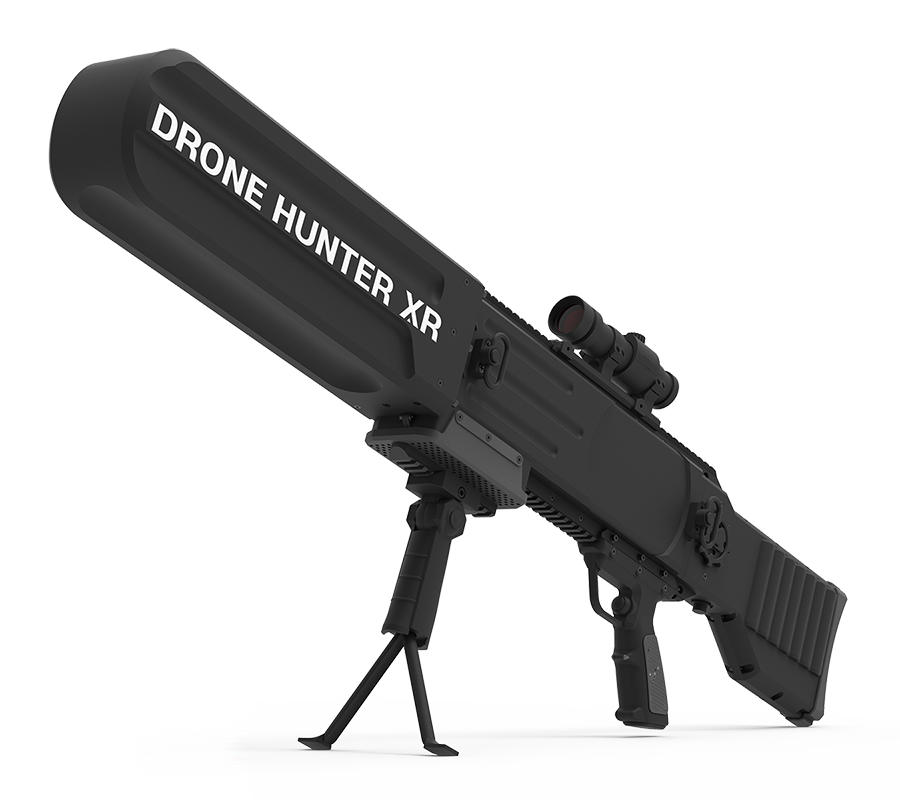
There are many benefits associated with wind turbine inspections. But how do you decide which one to use? Aerodyne Measure is a tool that can be used to inspect wind turbines. Read on to find out how they can benefit your wind turbine inspections. We will be discussing the pros and con of each option and how AI can help you accomplish the job better.
Aerodyne Measure
Aerodyne Measure provides AI-backed aerial inspections and has partnered up with Ecopulse in order to provide aerial surveys for the energy company. The solution, vertikaliti combines smart drones with AI to provide a foolproof approach for managing energy assets. The company plans on using its drone technology to improve inspections, fault detection, and other aspects of asset management. The company has been a leader on the use drones to collect asset management data.
Aerodyne & Measure share complementary expertise but will complement one another in terms of operational experience, research and development opportunities, and operational experience. Aerodyne is an international company that has extensive expertise in professional inspections and analysis of energy assets. This will compliment Measure's considerable experience. The Measure Ground control platform will be used to conduct inspections of solar panels by the joint venture.
PrecisionHawk
Clear definition of the mission requirements is essential when using drones to inspect wind turbines. They must be able to manage wind farm aerodynamics and analyze the airspace around the turbines. Furthermore, these drone-based inspection solutions must meet rigorous quality assurance and data security requirements. This article outlines the essential functions of a drone based wind turbine inspection system. Continue reading to learn how the PrecisionHawk drone could benefit your wind turbine inspection requirements.

PrecisionHawk will join forces with InspecTools to bring together their expertise in drone-based inspections as well as data analytics. This partnership will prove vital in the energy sector. These companies will combine PrecisionHawk’s drone with their existing machine vision and data analysis software. PrecisionHawk and these companies will work together to deliver industry-leading drone inspections.
Sulzer
The 3DX SmartPilot, an ultra-compact inspection tool, is ideally suited for remote wind farms and ad hoc field inspections. It can be deployed worldwide and overcomes all logistical limitations. Additionally, the smartPilot can be deployed quickly and without requiring costly or lengthy deployments. Here are the key benefits of the Sulzer drone inspections of wind turbines.
Sulzer's UAV technology makes it possible to inspect wind turbine blades at remote locations without losing quality. 3DX(tm), SmartPilot drone solutions for the DJI M-210/DJI M-600 drones have been developed. These solutions allow for precise measurements to be taken in a shorter time than human inspectors.
Amodrone
Using a drone for wind turbine inspections is a new and promising way to ensure wind energy projects are getting the highest quality inspections possible. Drone inspection can be more efficient than manual inspection and can help you save time and money. As more countries shift to renewable energy, there are new opportunities for commercial drone business. The drones are equipped with artificial intelligence and can use AI and software to optimize flight paths and detect damage, which allows them to inspect wind turbines efficiently.

Drones can provide valuable information regarding the overall infrastructure of wind farm infrastructure, in addition to their ability to assess the strength of wind turbines. Each wind farm can have hundreds of thousands of images taken by a drone operator. An AI and pattern recognition specialist then analyzes this data, producing high-quality inspection documents. The data can be automatically assessed and damage to windturbines classified according the severity level.
FAQ
With a drone, can someone spy on me?
Anyone can spy on you with a drone. To protect yourself from drones, you must be aware of them. You should immediately call 911 if you see a drone fly around.
Is it illegal for a drone to be flown?
Yes, flying drones in certain countries is illegal, such as Australia and Canada, Germany, Japan. New Zealand. Singapore. South Korea. It is legal to fly drones in other countries like France.
What is the law about drones flying on private property?
New rules were recently published by the FAA regarding commercial drone flights. These rules do not apply to UAVs under 55 pounds or flying at less than 400 feet above sea level. Commercial operators must register with the FAA and obtain a license from the agency. They will also require permission from local authorities to operate near airports and other restricted areas.
Do I need special training to fly a drone?
You don't require any special training to fly your drone. All you need is a remote control unit and some basic knowledge of flight mechanics.
Is it safe to fly a drone while driving?
Driving a drone is dangerous, as it could cause an accident or crash into another vehicle. Additionally, you may hit pedestrians or animals. In addition, you could damage your car by hitting power lines, trees, or buildings.
Statistics
- Research and Markets predict a growth rate of 51.1% over the next five years. (thedroneu.com)
- With the top 10% making over $100/h and the bottom 10% making as low as $10/h. (dronesgator.com)
- According to Indeed, a drone pilot gets paid $25.73 per hour on average in the US. (dronesgator.com)
External Links
How To
How to Fly Drones at a Beginning Level
A drone is an unmanned aerial vehicle that can be remotely controlled and used for surveillance, aerial photography, film production, research, and other hobby purposes. Drone technology has been around since World War II. DJI introduced their Phantom series of quadcopters in 2010, but commercial use only began in 2010. There have been many drones made since then. These range from beginner-friendly drones like Parrot AR Drone 2.0 to more advanced multi-rotor craft like DJI Mavic Pro.
There are many ways to fly a drone.
-
Remote control - This allows you to control the drone from your hand. There are two main types of controllers: On/Off switches (like a radio) and joysticks.
-
Manual Control- This allows you to control your drone remotely via GPS coordinates. You must keep track of the location where you want the drone to go and follow the instructions from the app.
-
Autonomous Flight - This method involves leaving the piloting duties to the drone itself. It basically flies autonomously without any human intervention. For the autonomous flight to occur, the drone must have a built-in camera and sensors capable of capturing images and data.
-
Triggered flight - This is similar to manual control except that the pilot sets up a preprogrammed route and the drone follows the route until it reaches its destination. After the preprogrammed route is complete, the drone will automatically land and return to its base.
-
Landing Gear – A few drones come with landing gear. This allows them land safely in the event of losing power or running out of battery.
-
Goggles – Pilots often wear goggles while flying to keep themselves safe from any debris.
-
Camera - Some drones are equipped with cameras allowing you to capture photos and videos from above.
-
Obstacles: Some drones are equipped with obstacle avoidance systems to prevent them from hitting obstacles.
-
Speed - Some drones can travel at speeds over 40 mph.
-
Battery Life - Most drones are capable of lasting between 20 minutes and three hours, depending on the power that you use.
-
Some drones are capable of traveling up to 30 miles depending upon their make and model.
-
Power source – Some drones require external power sources, others require internal batteries.
-
Weight - Some drones weigh less than 1 pound, whereas other models weigh up to 4 pounds.
-
Size - Drones come in many sizes, from small gadgets that fit in one's hands to large craft that weigh more than 50 lbs.
-
Price - Drones come in a variety of price categories, including high-end models which can run into the thousands and low-cost options that can start at $100.